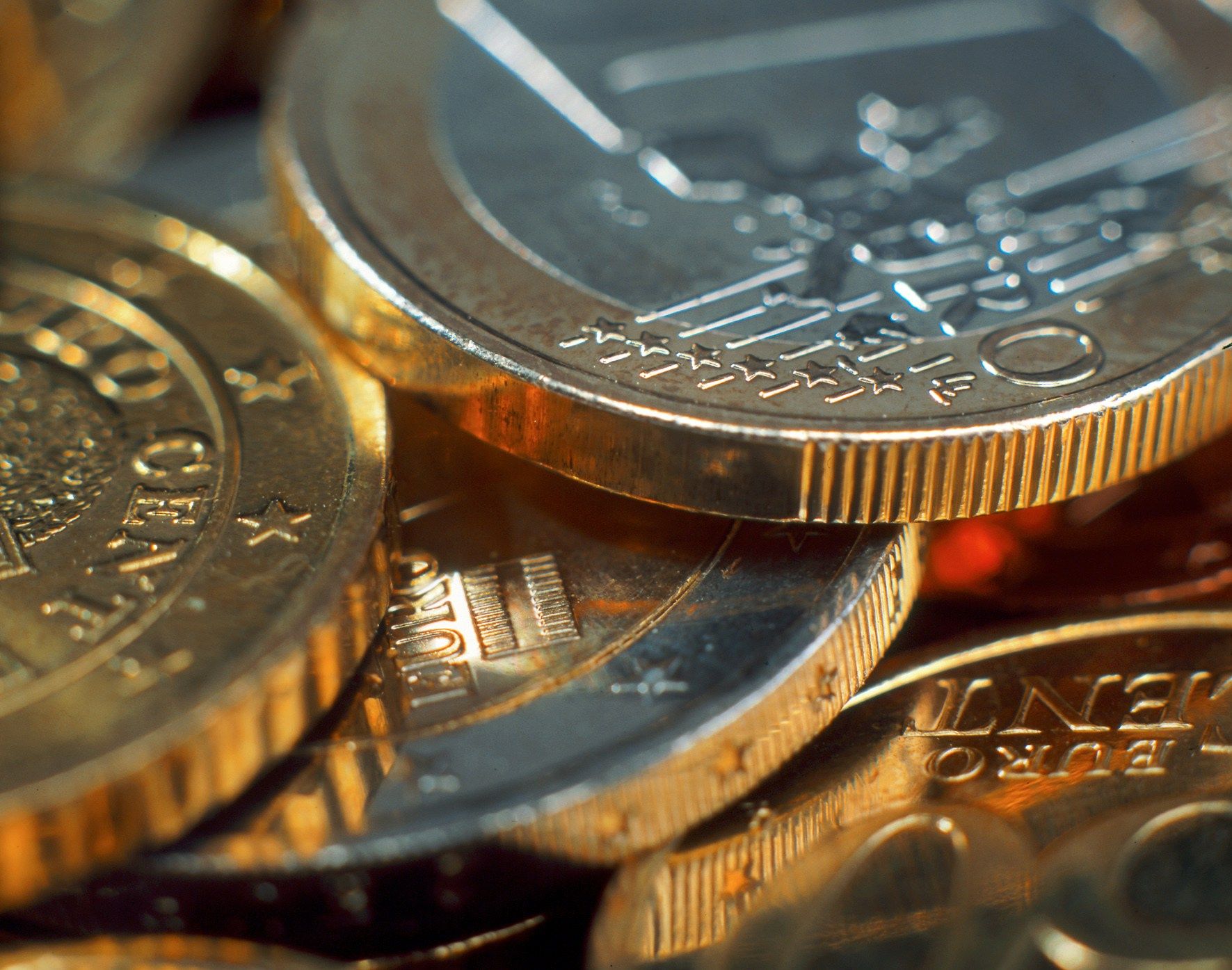Prospects for New Sources of Revenue for the European Union

The Union in Search of New Revenue
The European Commission (EC) and the Parliament (EP) have advocated modifying the revenue side of the EU budget for a long time. The key element of the reform is limiting Member States’ contributions, which currently constitute about 70% of the budget, and creating other sources of revenue (called “own resources” in the Treaty on the EU). The latter could come from new taxes and levies. The proponents of this shift hope that it would alter the dynamics of budgetary negotiations. Currently, Member States pay less attention to the content of community policies while focusing on the best possible balance between their contributions to the common budget and the funds they receive from it. In addition, thanks to new sources of revenue—even if national contributions are somewhat reduced—the community budget could be increased, which in turn would enable greater EU involvement in policy areas where it is widely considered necessary. It will be impossible without additional income, as the outcome of the negotiations of the 2021–2027 Multiannual Financial Framework (MFF) clearly shows. The European Council decided to reduce funds that the EC intended to spend on research, healthcare, and border protection.
The circumstances related to the COVID-19 pandemic have provided the proponents of changes with an additional argument. Proceedings from new taxes could be used to pay off the debt incurred to establish the Next Generation (NG) EU recovery fund. The EC proposes to introduce a levy on non-recycled plastic packaging (which could yield
€6–8 billion annually), a digital tax (€1.3 billion), a carbon border-adjustment mechanism (CBAM, €5–14 billion), and a tax aimed at the largest multinational companies dubbed single market levy (€10 billion). In addition, the EC advocates transferring to the EU budget part of the takings from the emissions trading system (ETS, €10 billion). Considering that the part of the NG allocated to grants was decreased from €500 billion to €390 billion, the proceeds at the level forecasted by the EC could not only make repayment (planned over a period of 30 years) possible but also bolster the budgets of some common policies.
The European Council at the July summit expressed clear support only for the non-recycled plastics levy. However, the heads of state and government called on the Commission to present proposals for a digital tax and a CBAM with a view to adopting them by 2023. The EP took a more resolute stance by emphasising that establishing new own resources is the only acceptable way of repaying the debt. A majority in the chamber want to avoid a situation in which a lack of new revenue will force the EC to use Member States’ contributions to repay the debt, which in turn will decrease the funds available for common policies. Parliamentarians stressed in a resolution that without more concrete pledges from the governments regarding new revenue, the chamber will not give its consent to the MFF. They expect Member States to come up with details in autumn before the parliamentary vote on the multiannual budget.
State of the Negotiations
The optimism of advocates of new own resources must be moderate given the disappointing results of the debates on the issue to date. The majority of the proposed taxes have been discussed for several years. As decisions on taxation demand unanimity, the opponents of changes are reluctant to compromise. On the other hand, the specificity of the taxes makes them either very difficult (e.g., digital tax) or impossible (CBAM, single market levy) to adopt at the national level.
France has been the most vocal promoter of new taxes. President Emmanuel Macron already in autumn 2017, in his wide-ranging plan for closer integration, called for a digital tax and the CBAM. Using new taxes to finance the recovery fund also featured in the Spanish proposal from April that called for a comprehensive harmonisation of rules pertaining to corporate taxation. Germany is more cautious about such initiatives for fear that reprisals of EU trade partners could harm its exporters. China, Russia, and the United States all voiced concerns about aspects of the planned taxes
However, the Franco-German initiative published in May, devoted to the recovery fund, included a plea for broadening the application of the ETS and for fair taxation of the digital sector. As regards CBAM, it was stressed that the mechanism must be compatible with the rules of the World Trade Organisation. Poland also voiced support for a digital tax and CBAM. But the Polish government is sceptical about transferring some of the proceeds from the ETS to the EU budget, which it sees as an excessive burden on the largely coal-powered economies of Central and Eastern Europe.
The digital tax is opposed by countries that offer low CIT rates and are the tax residence of the largest players from the digital sector: the Netherlands, Ireland (where the European branches of Facebook and Google are registered) and Luxembourg (Amazon). Denmark, Finland, and Sweden are also among the unconvinced, as they fear that in the long run the principle of taxing firms where they generate income (and not where they are registered) could prove detrimental to their budgets. The Nordics also harbour some concerns about CBAM. Deprived of large energy-intensive sectors, which are to be the major beneficiaries of the mechanism, these countries have little to gain from it while they could suffer from retaliatory measures adopted by third countries. The Netherlands opt for the current structure of the budget in which national contributions constitute the major source of revenue. However, given the adoption of a recovery fund that is much larger than what Mark Rutte’s government proposed (and therefore considerable sums will be needed for repayment), that position could evolve.
Conclusions and Prospects
The creation of the NG recovery fund constitutes an important factor in the debate concerning the Union’s new own resources. Northern European states, sceptical about the majority of proposed taxes and levies, and net payers to the EU budget, could adopt a more flexible position in the negotiations as they face larger contributions due to the necessity to repay the recovery fund. For the net beneficiaries (including Poland) new revenue constitutes a protection against the danger of cuts to community policies, which are inevitable without additional money, as funds will be assigned to servicing the debt. Decreasing the part of the budget that comes from national contributions also reduces the advantage enjoyed by the net payers in budgetary negotiations. Finally, support voiced for a digital tax and a CBAM by Poland, France, and Germany offers a chance for a common Weimar Triangle position on the issue, which could reinvigorate this cooperation format.
In the circumstances of the pandemic-provoked economic crisis, politicians display a growing acceptance of increasing the tax burden, especially on companies such as the American digital giants whose contributions to state coffers are seen as disproportionately low by the majority of experts. New taxes and levies fit well with the idea of creating better protection for European firms against dishonest foreign competition—emphasised by the EU institutions and a large number of Member States. Finally, growing public support for ambitious climate policy creates favourable conditions for the CBAM and enlarging the scope of the ETS.
Despite some positive recent developments, the new socio-economic context does not remove all obstacles to the establishment of new own resources. The CBAM, for instance, remains difficult to implement due to the complicated process of assessing emissions in third countries. In addition, just like the digital tax, it can provoke reprisals from the Union’s key trade partners. Yet, by acting together Member States will have a stronger position in dealing with the latter.


